Present Perfect Tense DefinitionYou must thoroughly understand the various tenses to improve your English speaking abilities. One of those is the present perfect tense. The present perfect tense is used when there is no specific adverb of time and the action occurred in the past or has been finished but still relates to the present. 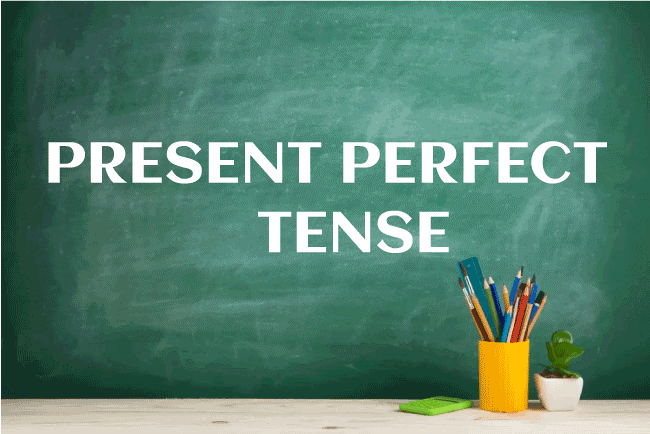
The present perfect is one of the most challenging English verb tenses because there isn't always a direct translation in other languages. Perfect Present TenseThe present perfect tense is a verb tense used to describe an event or action that began in the past and is still occurring now. It can also describe an action that has already happened but whose results continue to be experienced today. This tense is typically used to discuss events that have occurred or changes in a region. It is the opposite of the continuous present perfect tense. Before that, it's important to understand that there can be three different circumstances that the present perfect tense can be used to represent. The circumstances are:
What is The Purpose of the Present Perfect Tense?In general, the present perfect tense in English is used to discuss past events that took place but don't have a clear or specific time frame. It also refers to events that started in the past and are still happening, including events that frequently happened, beginning in the past and continuing to the present. 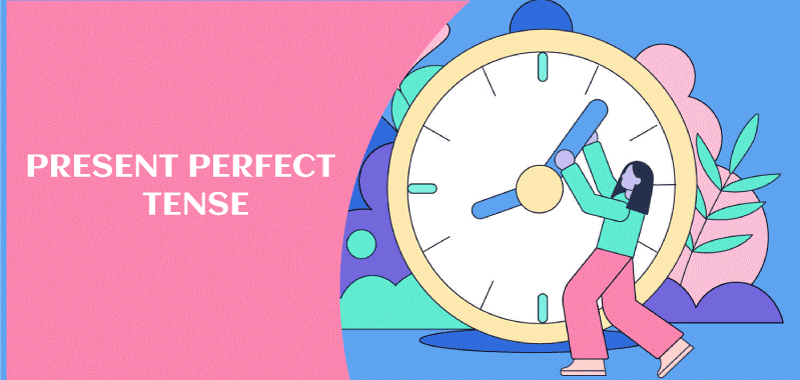
A further purpose of the present perfect tense is to speak about an event that occurred already than an event we express with the simple present. Present Perfect Tense UseThe present perfect tense may be used:
Structure of the Present Perfect Tense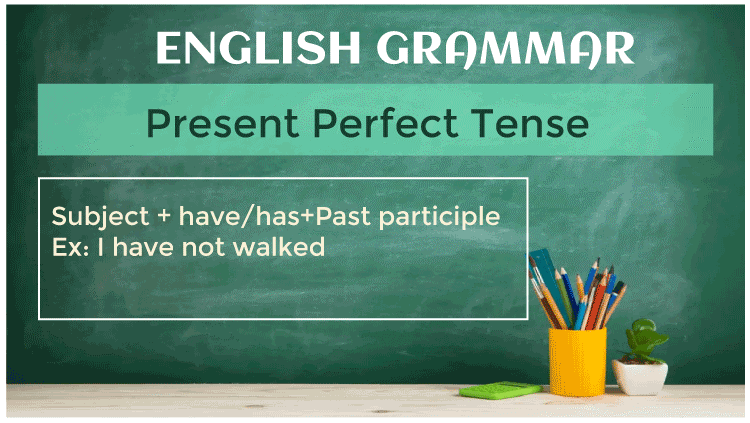
The general structure of the present perfect tense is as stated below: Subject + have/has + past participle The structure of the present perfect tense can be examined by considering positive, negative, interrogative, and negative interrogative types of sentences.
Present Perfect Tense RulesBefore understanding the present perfect tense, you must understand how past participles are formed. In most cases, an "ed" is added to the basic form of an English verb to generate a past participle. On the other hand, many irregular verbs have unique spellings and are opposed to the regular verbs' pattern of adding "ed" to the base form. The next thing to remember is that a sentence that uses the past perfect form of the verb has two verbs: a helping verb with the main verb. 'Have' and 'Has' are the two helping verbs used. The verb "have" is used when the pronouns "I," "you," or "they," or plural nouns, serve as the sentence's subject. The verb "has" is used when a singular noun, the pronouns "he," "she," or "it," or any of these, serves as the subject. Several Present Perfect Sentence Examples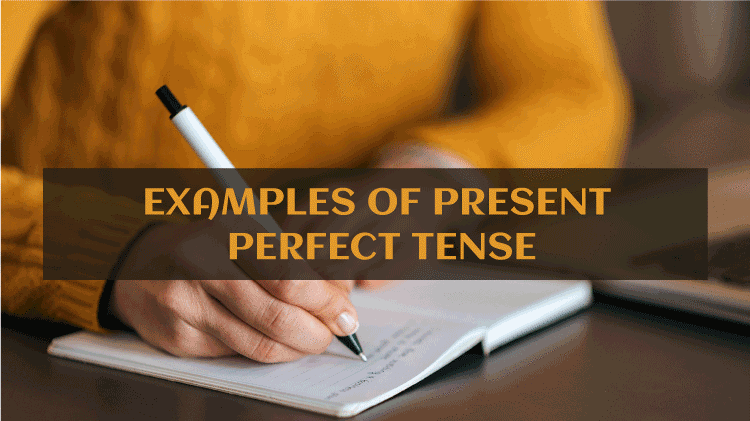
Here are a few examples of sentences in the present perfect:
Present Perfect Tense Other Examples
Difference Between Simple Past and Present Perfect Tense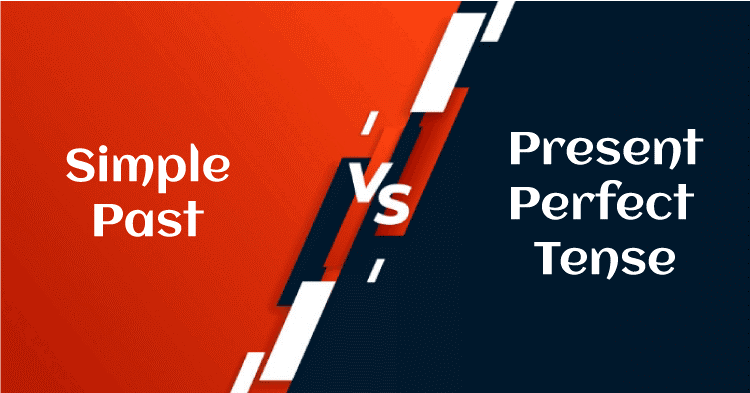
As a language learner, you may struggle to understand the difference between the present perfect and the simple past tenses. After all, they both refer to past occurrences that have already occurred. The simple past is used to talk about matters that have already happened. The event will happen at a particular moment, and its specifics are known. The present perfect typically refers to an action that started in the past and has continued into the present or has some impact in the present.
Next TopicReflex Angle Definition
|
 For Videos Join Our Youtube Channel: Join Now
For Videos Join Our Youtube Channel: Join Now
Feedback
- Send your Feedback to [email protected]
Help Others, Please Share










